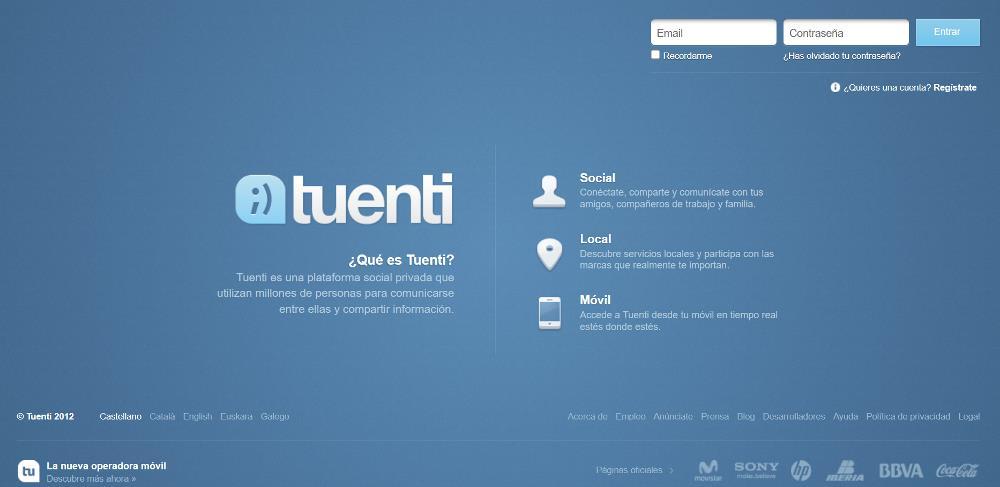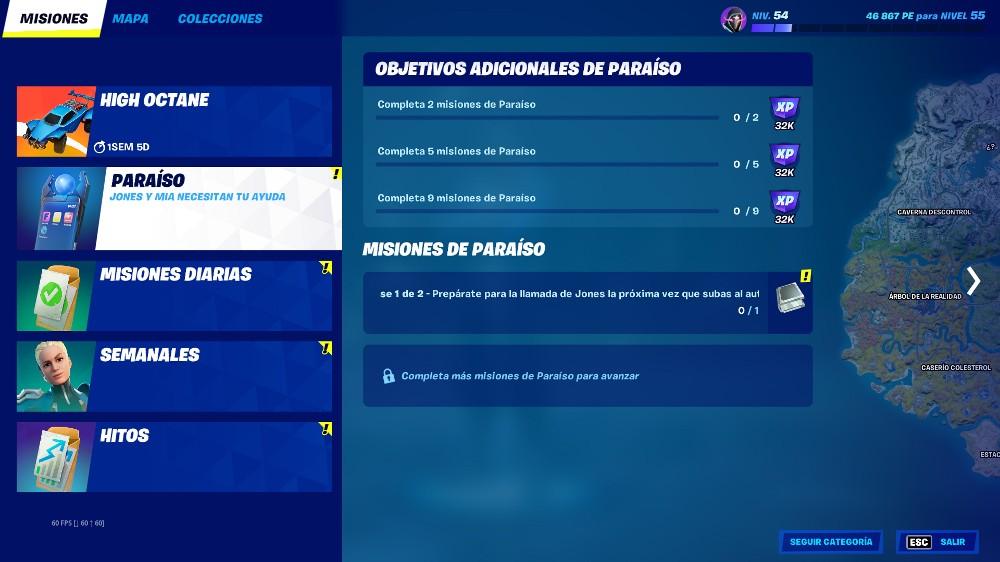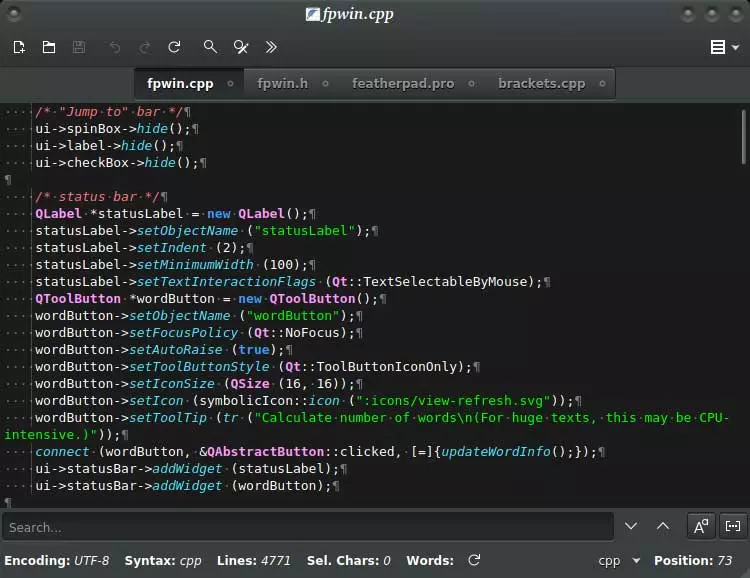
Social networks have become the best way to stay in touch with our loved ones, friends and colleagues at work or studies. They are a kind of bulletin board where users can post the information they want to share, whether in text, video or image format. If we talk about social networks, we have to talk about Facebook, Twitter, Instagram, TikTok. But, they are not the only ones, since, from Spain, a social network called Tuenti also saw the light.
Tuenti was the first and only Spanish social network that hit the market, a social network focused on young university students, just like how Facebook was conceived, the only type of public that, at that time, could see a real use for this type of platform.
Birth of Tuenti
Tuenti came into operation in 2006, two years after Facebook, and was very successful among young people between 14 (minimum age to create an account) and 20 years. Being a social network born in Spain, it was completely translated into Spanish, something that it didn’t happen with facebook until 2008, although it had already managed to gain a foothold in both Spain and Latin America.
During the first years of Tuenti’s operation, the platform could only be accessed to create a profile and share content through an invitationfor shortly after, to open its doors to the whole world and that anyone could create a profile.
Tuenti’s most successful years were between 2009, when it became the third website with increased number of internet searches and 2012, when he announced a complete revamp to his website that was the first nail in his coffin. But before, in 2011, this social network had 15% of Internet traffic in Spain, surpassing Google and Facebook together.
In complete success, the owners of Tuenti accepted an offer to buy 85% of the company from telephone in 2010, for which he paid 70 million dollars, a figure far removed from what Facebook paid for Instagram two years later (1,000 million dollars).
Facebook was growing more and more in Spain because it offered many more features than Tuenti. In addition, it was not focused solely on a young audience, but on people with greater purchasing power, which, in the end, is the goal that all internet companies always want to reach.
fall from grace
As Instagram and Facebook were growing in Spain, Tuenti was losing users by leaps and bounds. The renewal that the platform underwent in 2012, to try to expand to more countries, was a resounding failure. It was simply too late. If Telefónica, when it bought the company in 2010, had expanded its reach to other countries, it is likely that we would still be talking about this social network in the present and not in the past.
The failure of Tuenti’s international expansion was not a reason for the telecommunications giant to forget about its company and keep it in its drawer. In 2013, he bought 15% of the company that was still in the hands of its founders and entered the market as mobile operator using the Movistar network, completely forgetting the objective that the company had when it was founded in 2006.
Tuenti, as a virtual mobile operator, was available on Spain, Mexico, Peru and Argentina under the Tuenti Mobile brand. However, she continued to be associated with a young audience whose financial resources, like those of any student, are always just enough. In June 2022, Telefónica migrated all Tuenti contract users to O2, another virtual mobile operator from the same group, while prepaid users were transferred to Movistar.
Currently, Telefónica is not using the Tuenti brand in any other product, although that does not mean that it cannot do so in the future.
Alternatives
Talking about alternatives to Tuenti is talking about Facebook, instagram, Twitter and TikTok. Each of these platforms is focused on a specific audience niche, with TikTok being the one that is attracting the youngest audience, just like Instagram, and which are using it as the main source of information, even surpassing Google in some countries.




